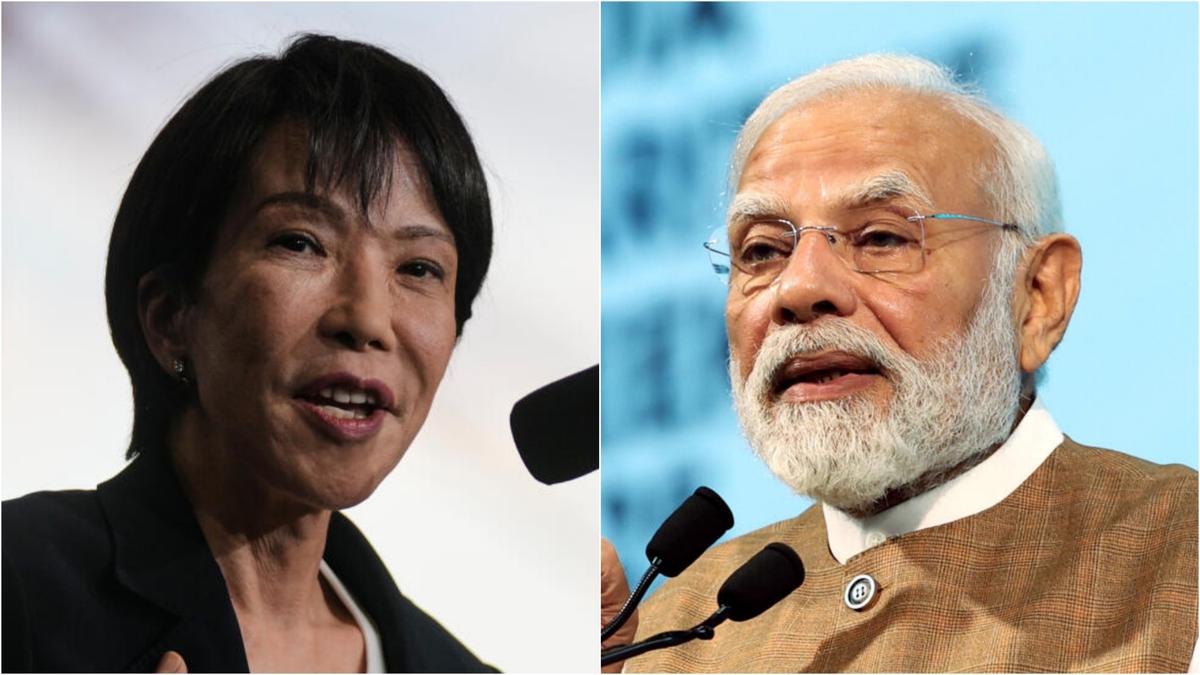ARTICLE AD BOX
Last Updated:October 28, 2025, 17:25 IST
The poverty line is the minimum income or spending needed for basic needs like food and shelter. Those below it are considered BPL and may receive government assistance

According to NITI Aayog’s 2021 report, only 0.7% of the state’s population was living below the poverty line. (Representative/News18 Hindi)
India is set to witness a historic milestone, with one of its states soon to be declared free from extreme poverty. Chief Minister Pinarayi Vijayan announced that no families in the state are living below the extreme poverty line, and a grand event marking this achievement is scheduled for November 1. This declaration signifies that every resident now lives above the extreme poverty line.
The announcement has sparked a debate between the CPI(M) and BJP over who deserves credit for this milestone. The Communist Party government in Kerala credits this success to the state’s welfare schemes and their effective implementation. Conversely, the BJP credits the central government and Prime Minister Narendra Modi’s initiatives.
BJP state president Rajeev Chandrasekhar stated, “Now CPI(M) is taking credit and, in my opinion, mocking and insulting the poor. The truth is that due to the hard work of Prime Minister Narendra Modi’s government, about 200 million people have come out of extreme poverty."
Meanwhile, tribal groups dispute the claim that the state is poverty-free. Amid these differing views, it’s important to understand what extreme poverty truly means. Kerala may have been declared free from it, but how does the rest of India compare? What distinguishes the poverty line from the extreme poverty line, and what does it actually take for a state to be declared poverty-free?
Question: What Is The Extreme Poverty Line?
Answer: The poverty line refers to the minimum income or consumption level required to meet basic needs like food and shelter. Individuals falling below this threshold are considered below the poverty line (BPL) and may qualify for government support. Those unable to meet even the most essential needs, such as food, water, clothing, and shelter, are classified as living in extreme poverty.
Question: How Many People Are Poor In India, And What Is The Situation In Other States?
Answer: According to NITI Aayog’s 2021 data, 14.96 percent of India’s population lives below the poverty line. In Gujarat, the figure is 11.66 percent, in Bihar, 33.76 percent, and in Uttar Pradesh, 22.93 percent. The Multidimensional Poverty Index (MPI) used to define this line includes living standards, health, and education rather than economic income and expenditure.
Question: What Has Kerala Been Freed From?
Answer: Kerala has become free from extreme poverty, meaning that every resident has sufficient resources to meet their basic needs.
Question: What Is The National Average Poverty Line In India?
Answer: The national average poverty line in India is Rs 1,059.42 per month in rural areas and Rs 1,286 per month in urban areas. This expenditure per person covers food, clothing, housing, and other basic necessities. This means that anyone unable to spend this amount each month is considered below the poverty line.
Question: How Was Kerala’s Achievement Determined?
Answer: Kerala’s achievement was determined based on NITI Aayog’s 2021 report, which found that only 0.7 percent of people in Kerala lived below the poverty line. The state government identified these families and provided them with food, health, livelihood, and housing facilities to eliminate their poverty. NITI Aayog’s 2023-24 report (SDG India index 2023-24) ranks Kerala as the top state in India on the Human Development Index, with 79 marks. Tamil Nadu follows with 78 marks, while Bihar trails with 57 marks. This ranking includes 16 major human development goals.
Question: Besides Income, What Other Factors Keep Kerala Ahead?
According to the 2025 National Survey report, Kerala’s literacy rate stands at 96.2 percent, compared to India’s overall literacy rate of 77.7 percent. As per UNESCO data, the global literacy rate is 86.5 percent, still lower than Kerala’s.
United Nations data for 2023 shows India’s life expectancy at 72 years, while in Kerala, it is higher at 78.26 years.
Kerala also leads in healthcare performance, spending around Rs 1,000 per person annually on healthcare, significantly higher than the national average of less than Rs 250. According to WHO standards, Kerala has one doctor per 1,000 people, better than the global average of one per 1,500. Infant mortality in Kerala is among the lowest in India — only 5 out of 1,000 children die before the age of five, compared to 25 per 1,000 nationally and 5.6 per 1,000 in the U.S.
Question: What Is Kerala’s Population Like?
The 2011 census indicates Kerala’s population consists of 54.7 percent Hindus, 26.6 percent Muslims, and 18.4 percent Christians, alongside other religions or those with no religious affiliation. It is evident that Kerala’s population includes significant proportions of Hindus, Muslims, and Christians, with Hindus comprising about half, Muslims one-fourth, and Christians about 20 percent.
Location :
Kerala, India, India
First Published:
October 28, 2025, 17:25 IST
News explainers This State Is Now Free From 'Extreme Poverty'. What It Means, How India Compares | Explained
Disclaimer: Comments reflect users’ views, not News18’s. Please keep discussions respectful and constructive. Abusive, defamatory, or illegal comments will be removed. News18 may disable any comment at its discretion. By posting, you agree to our Terms of Use and Privacy Policy.
Read More

 1 day ago
6
1 day ago
6







 English (US) ·
English (US) ·